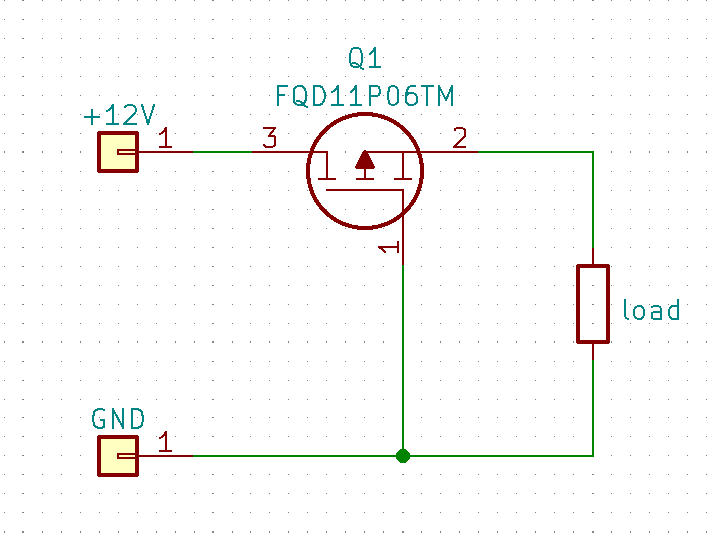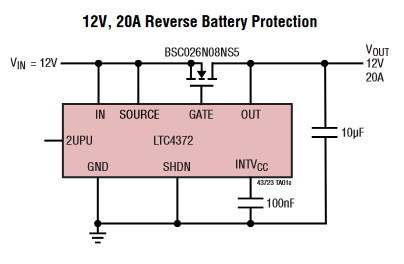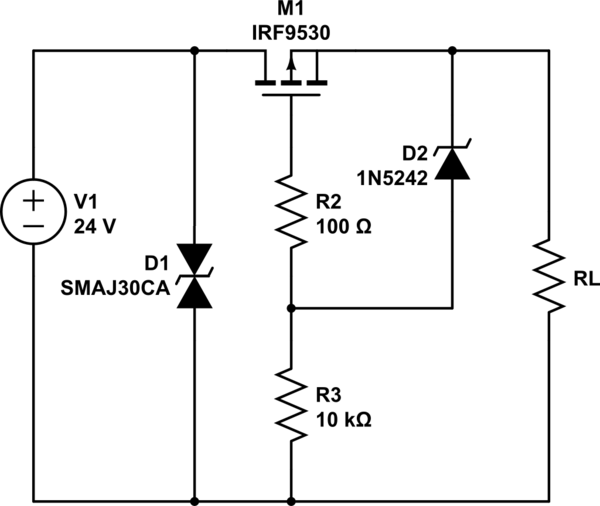You have a (presumably dedicated) power supply, which is a lot more benign a source than, say, a vehicle “12V” power source. Nevertheless transients are possible. A TVS across the input would probably be enough (a bipolar one would prevent the TVS from frying in case of reverse voltage applies). I say “probably” because 30V >> 12V so there is some headroom for the TVS to function if we assume whatever’s improperly supplying overvoltage is limited in current. If it might be plugged into a car you need more robust protections.
Secondly, the number you should be looking at is not Vgs(th) unless you only need a few microamperes, but the Vgs at which Rds(on) is guaranteed (you’ll have to adjust the datasheet Rds(on) number upward for elevated temperature). Vgs(th) of -4V means it will drop 4V when passing only 250uA, which is more like “almost off” than “on”.
In the case of that particular MOSFET, Rds(on) is guaranteed less than 0.185 ohm at 25°C, so maybe less than 0.3 ohm when hot, with a Vgs of 10V. Since 10V < 12V, we are okay there for nominal input. That’s a pretty high resistance and if you pick a MOSFET that requires a zener and in SMT you can easily get less than 1/10 that loss, and for less cost. Maybe limited to blocking 20 or 30V though, rather than 60V.
Another factor that is often ignored is behavior in brownout conditions- you should ensure the MOSFET won’t overheat regardless of the input voltage- this is a particular concern with battery and vehicle sources. The body diode Vf would be of interest here, as well as the exact behavior of the load.



